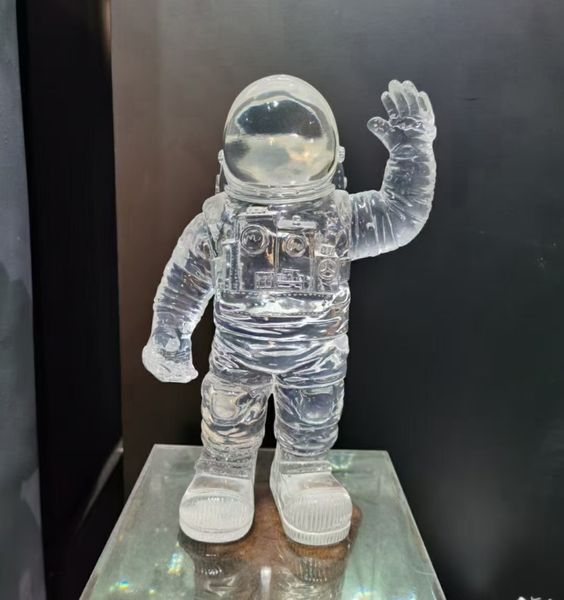
Transparency is Key: Choosing the Right Clear 3D Printing Filament for Your Project
While clear 3D printing filament is not as common as colored or opaque filament, it's still a popular choice for many hobbyists and professionals. Clear 3D printing filament can be used to create unique effects and add an extra dimension to your prints.
Here's what you need to know about the different types
The first thing you'll want to do when selecting your clear 3D printing filament is determine how transparent you want it to be. Some filaments are more transparent than others. The higher the percentage of transparencies in your filaments, the less opaque they will appear when printed.
If you're looking for a clear material to use in your next project, there are a few things you should consider. First, think about what you want to make. Are you going for something simple? Do you want something that will look good when lit up? Do you need something that's truly transparent or just translucent? Once you've answered these questions, it becomes much easier to figure out which clear filament to buy.
Transparent materials look great when they're used in smaller prints with holes in them, like spheres or cylinders. They can also be used to create interesting effects with lighting behind them and can make some really unique gifts if done correctly!
Clear 3D printing filament is an excellent choice for projects that require transparency and good color matching. With a wide variety of materials available, clear 3D printing filament can be used to make any kind of jewelry, art piece or product that needs a clear finish.
Clear 3D printing filament is also ideal for prototyping and mockups because it allows you to see exactly what your design will look like when printed. The material is also strong enough to withstand handling or shipping without breaking or cracking.
The most common type of clear 3D printing filaments is called "transparent PLA", which is made from polylactic acid (PLA). PLA is a biodegradable thermoplastic derived from renewable resources such as corn starch, tapioca roots and sugarcane. It requires no heating above room temperature during the printing process, making it very easy to use with almost any FDM-type 3D printer on the market today.
3D printing is a great way to bring your ideas and designs to life. With the right filament, you can create anything from jewelry, to replacement parts, to toys, and even tools! There are many options available when it comes to clear 3D printing filaments. The key is finding the right one for your project.
Transparency is an important benefit of clear 3D printing filament. Clear 3D printing filament allows the user to see the printed object through the transparent material, making it possible to create objects that are more realistic and natural-looking. In addition, other benefits include:
Transparency can be used to create a variety of effects, such as glass or crystal-like materials. Transparency can be used in conjunction with colored filaments to create unique effects. Transparent filament allows users to print with light passing through the material.
Translucency: Clear 3D printing filament has a high level of transparency, so you can see the inside of objects as they're being printed. This makes it easier to check on the progress of your print job, especially those with multiple parts or layers.
Light refraction: Clear 3D printing filament often uses a photochromic additive that causes it to change colors when exposed to UV light or sunlight. This provides another opportunity for making unique objects that change color when viewed from different angles or under different lighting conditions.
Transparency/opacity control: You can control how transparent your object is by adjusting how much clear 3D printing filament you use in your print job. A higher percentage of clear material will result in greater transparency while using less will make the object appear more opaque or white colored.
Strength: Clear 3D printing plastics are strong and durable, allowing you to create objects with complex geometries and large parts without worrying about them breaking during production or use. They are resistant to chemicals and heat, so they're ideal for projects involving food manufacturing or laboratory equipment.
